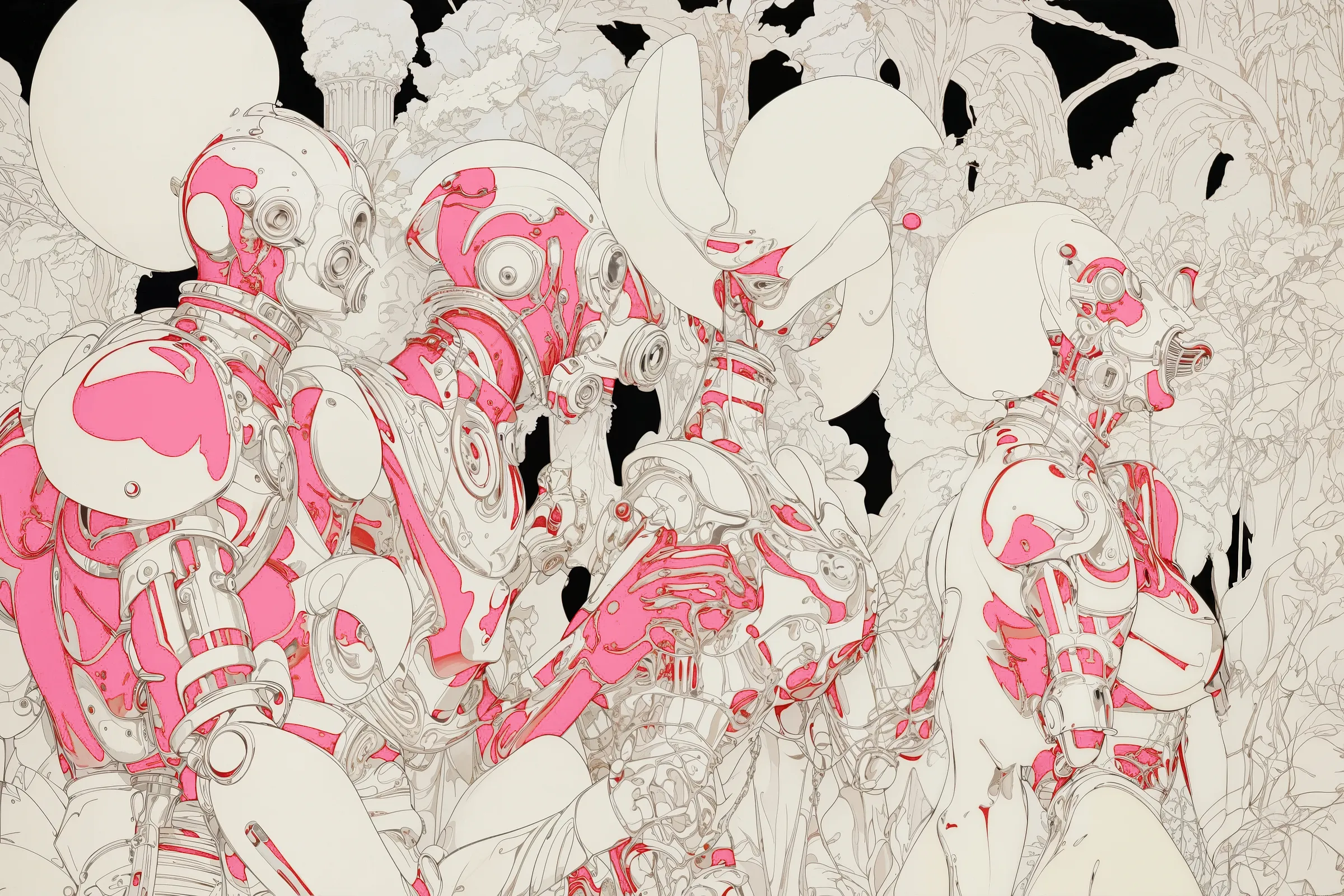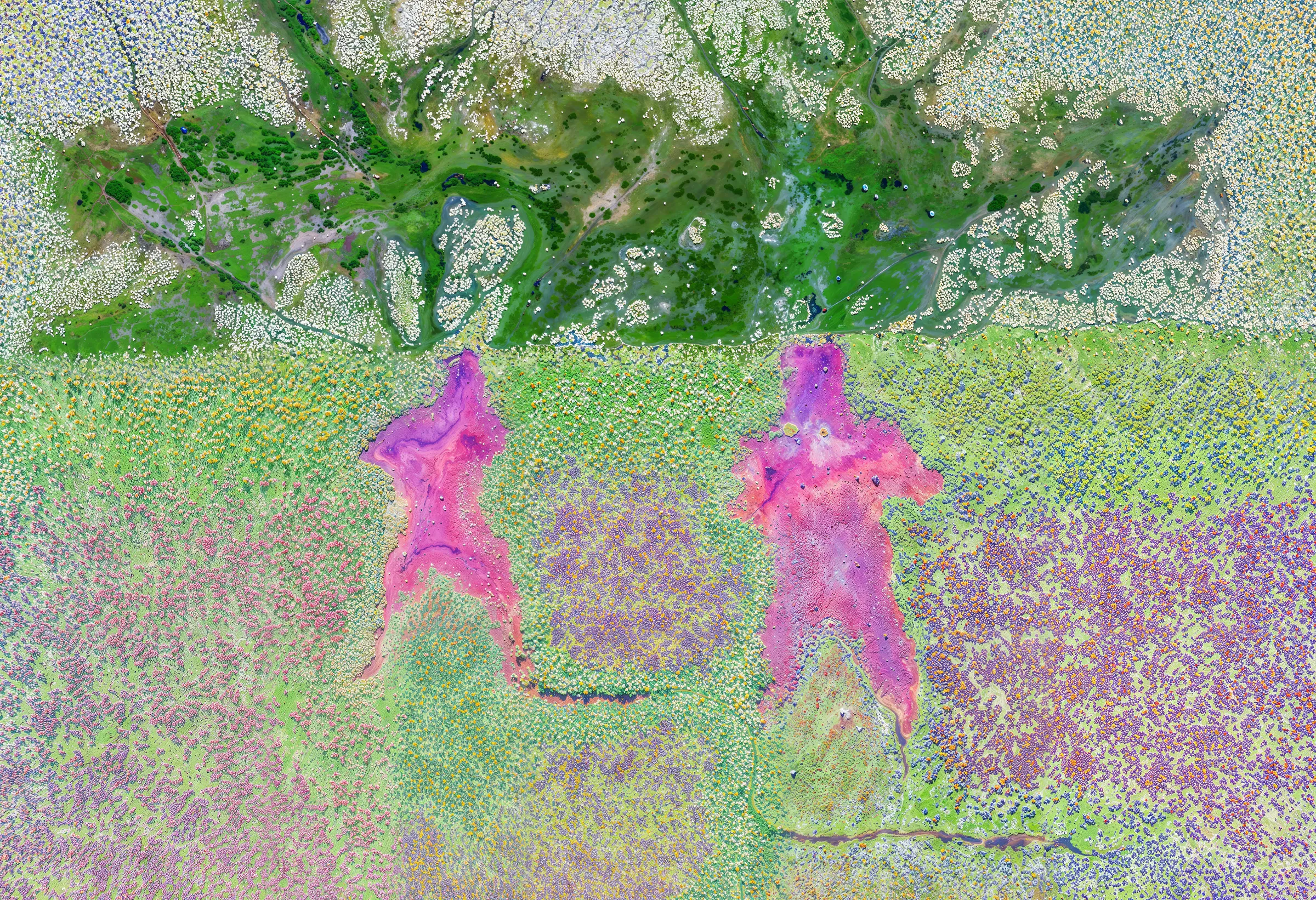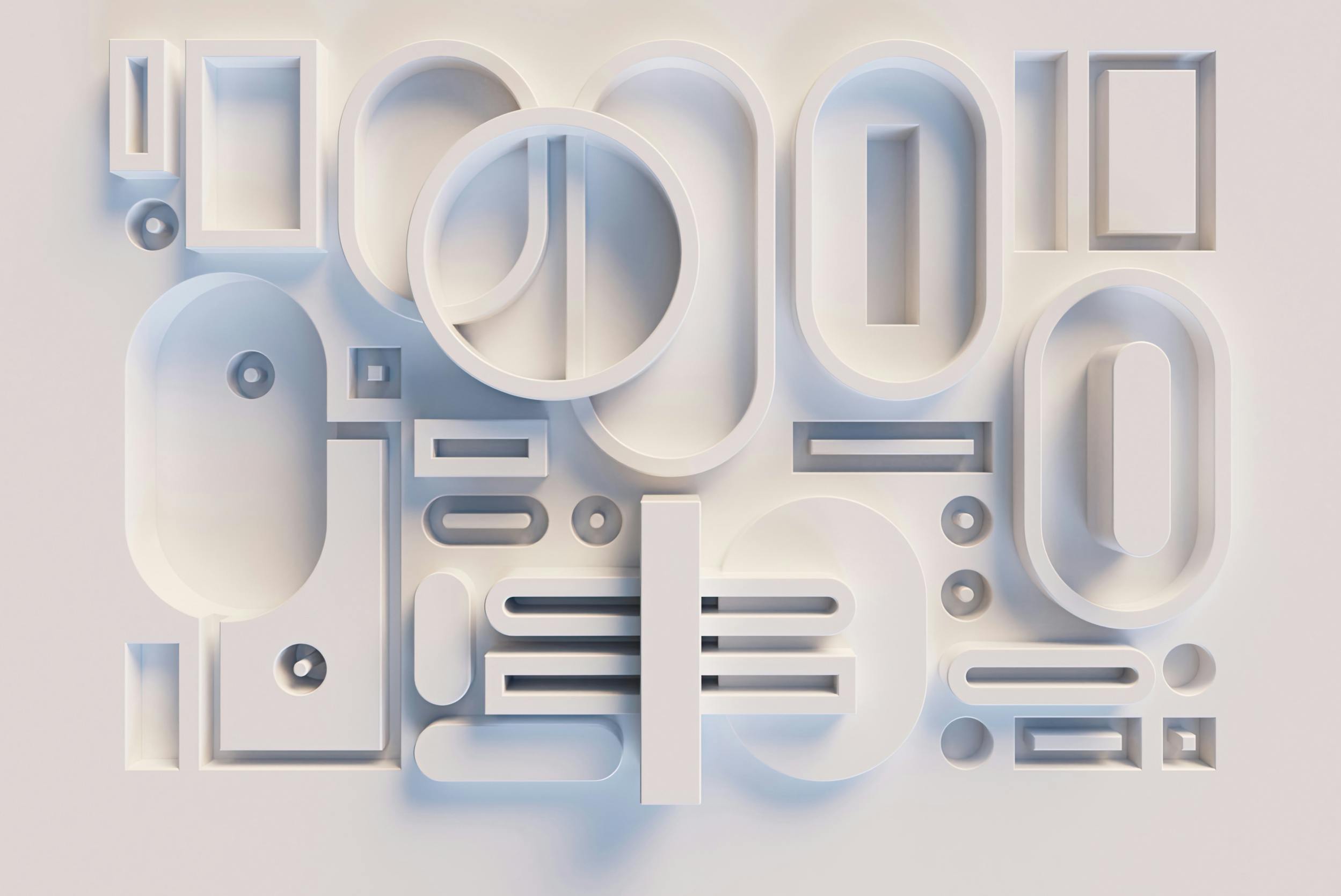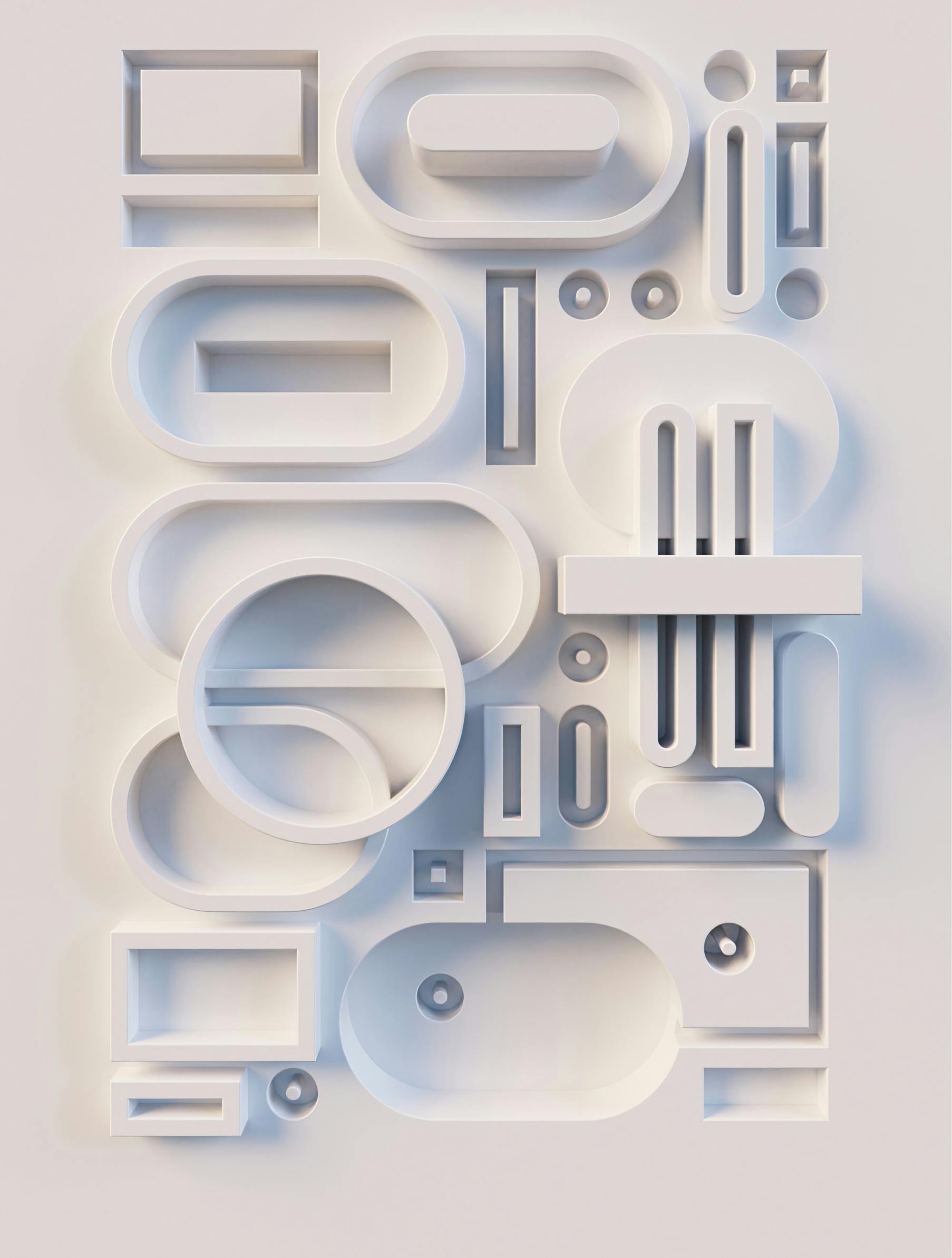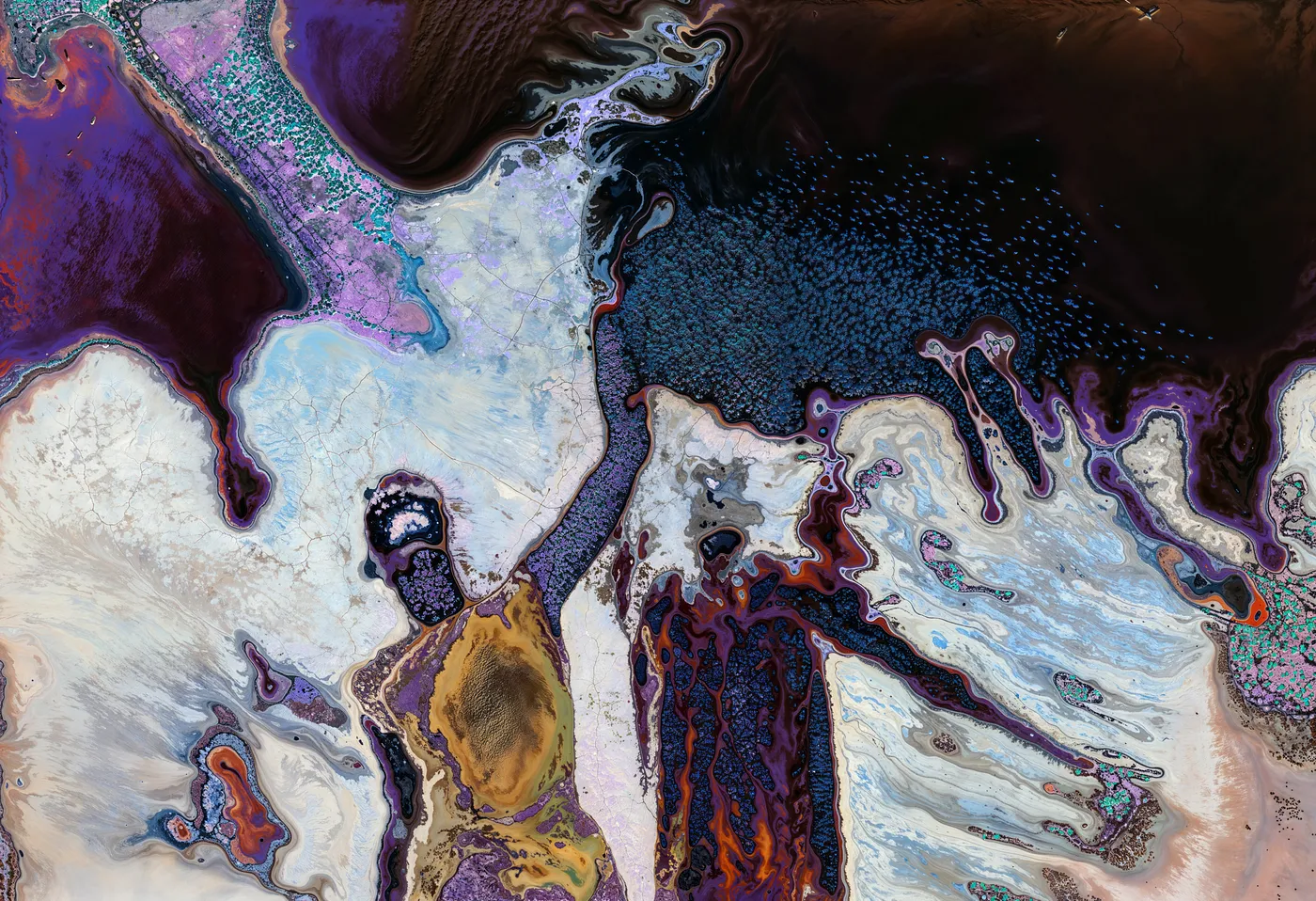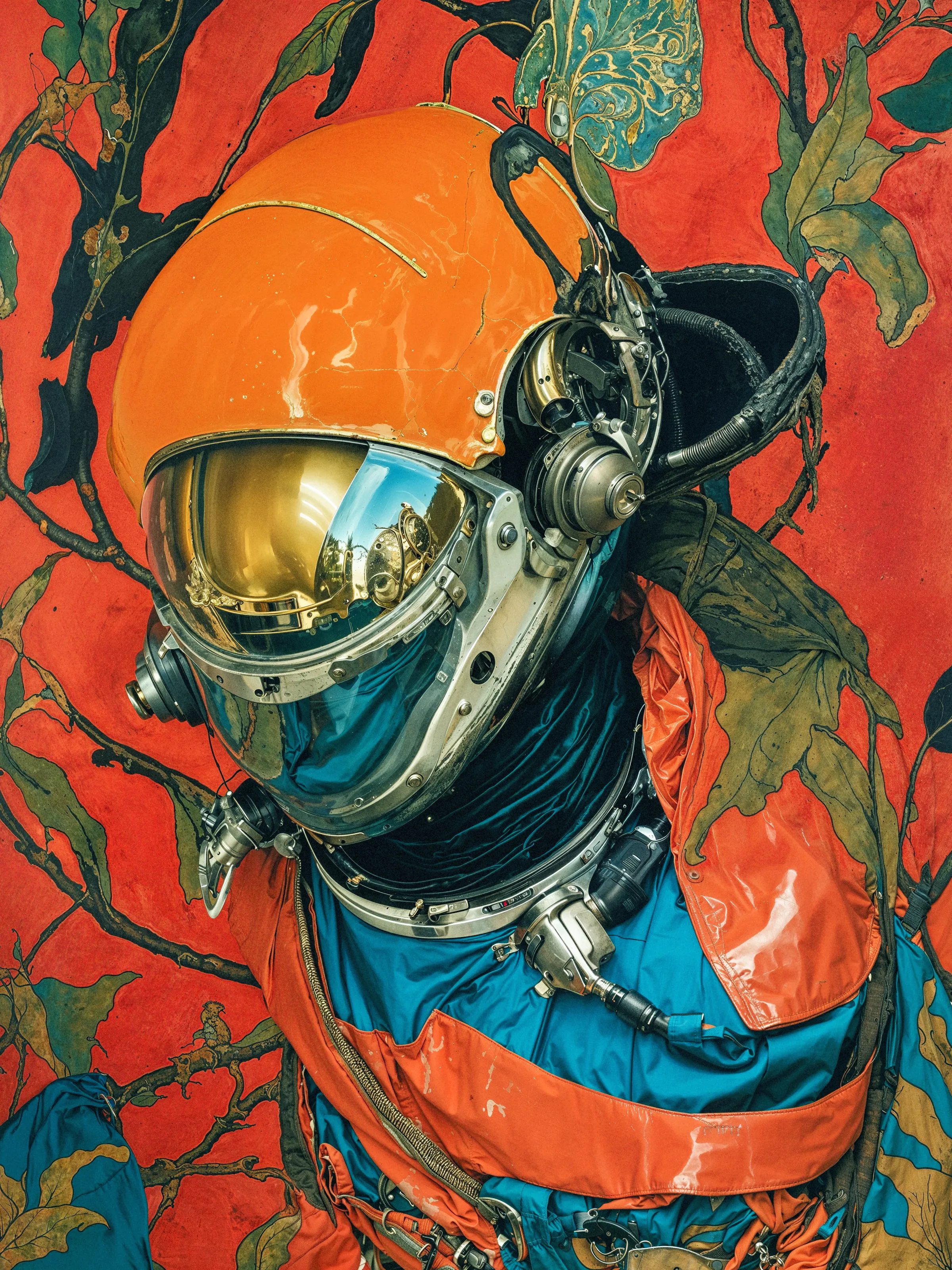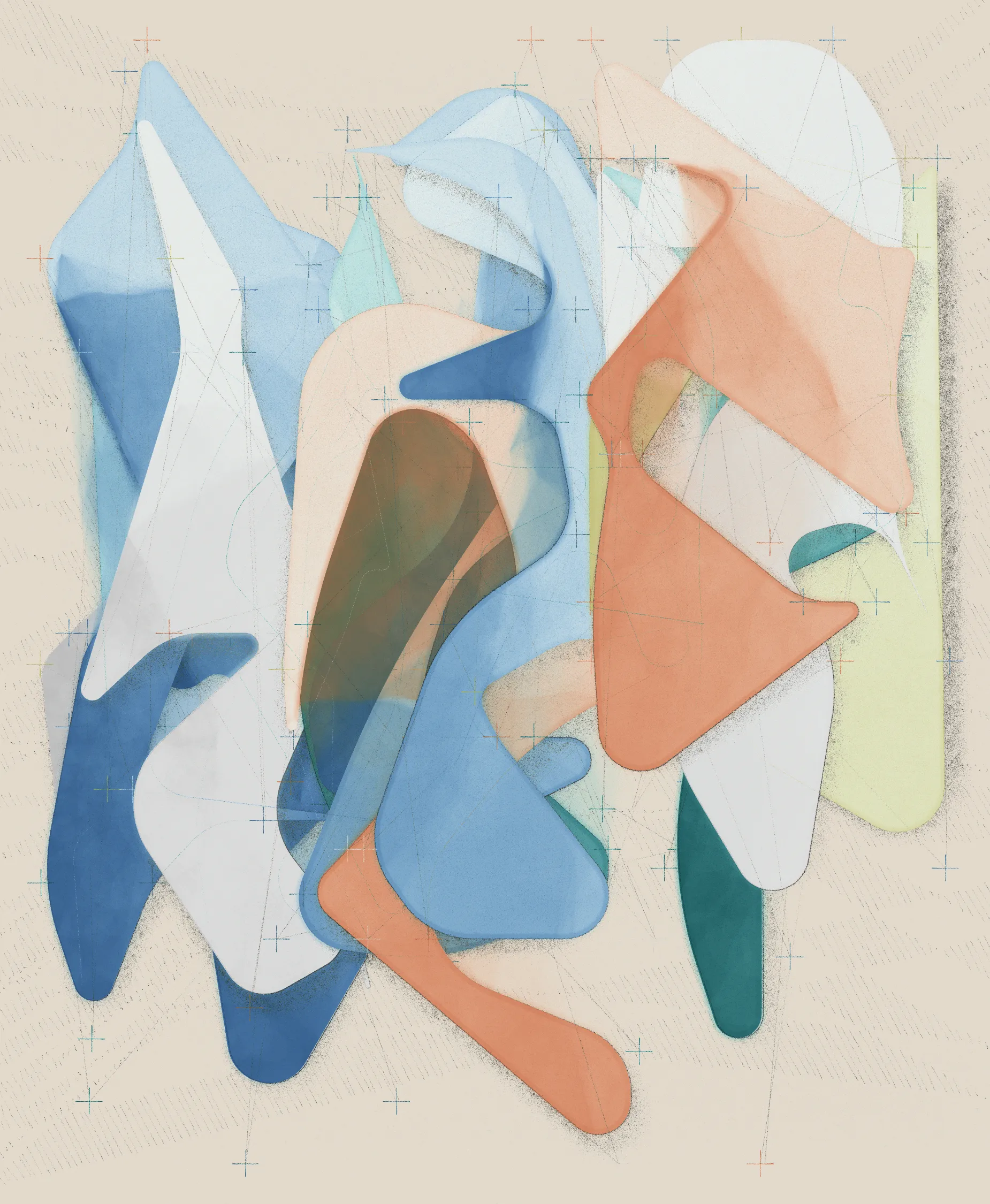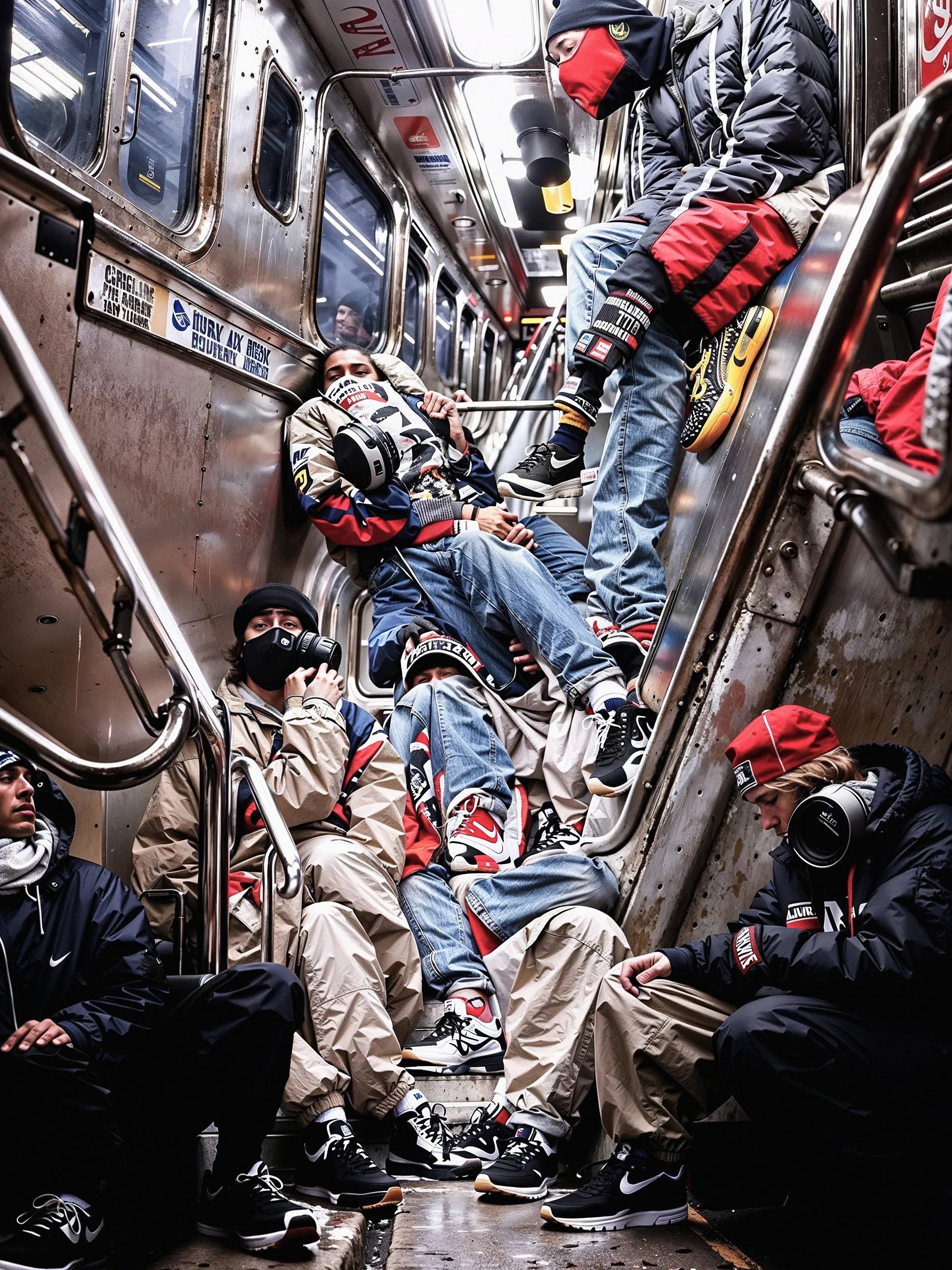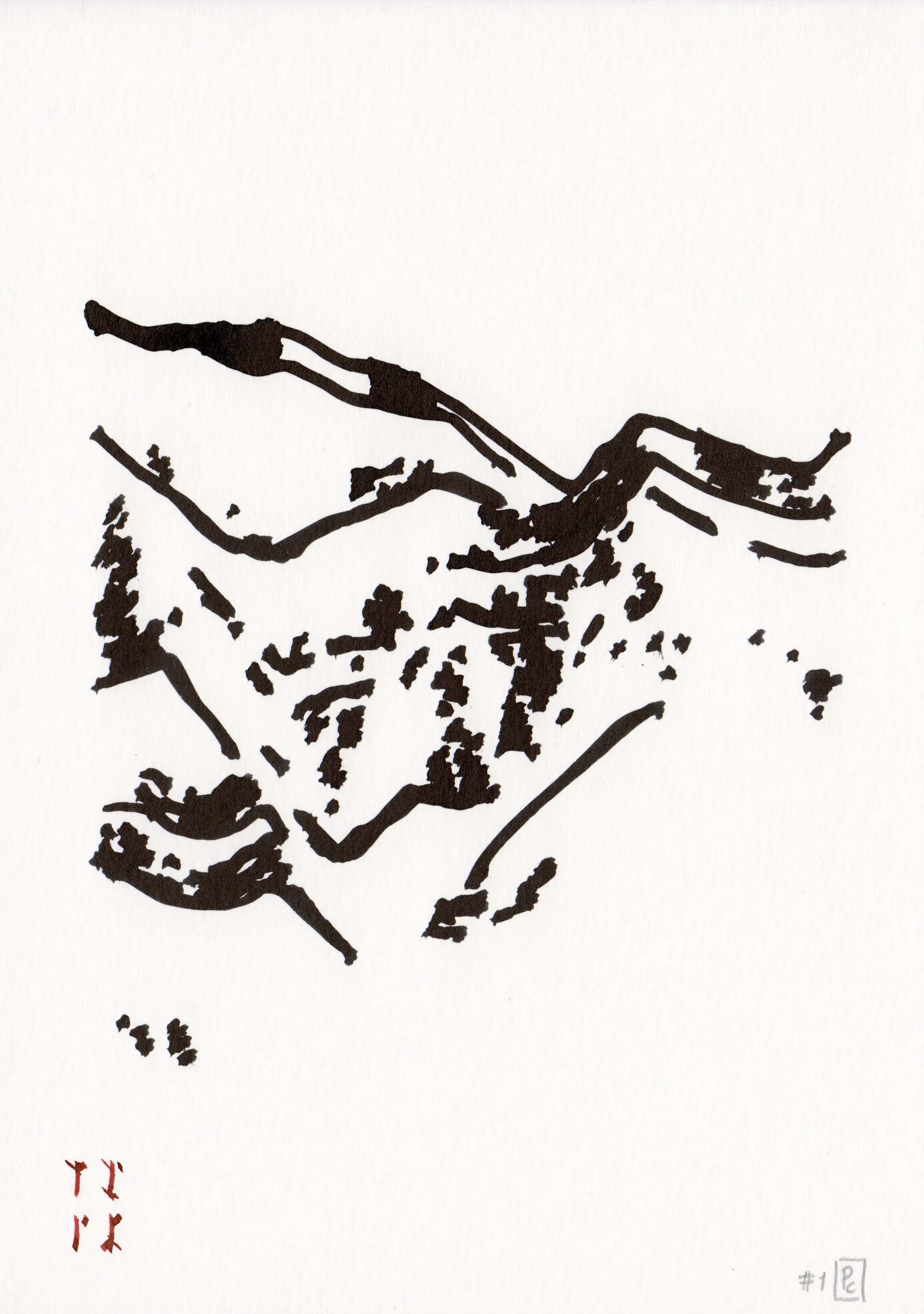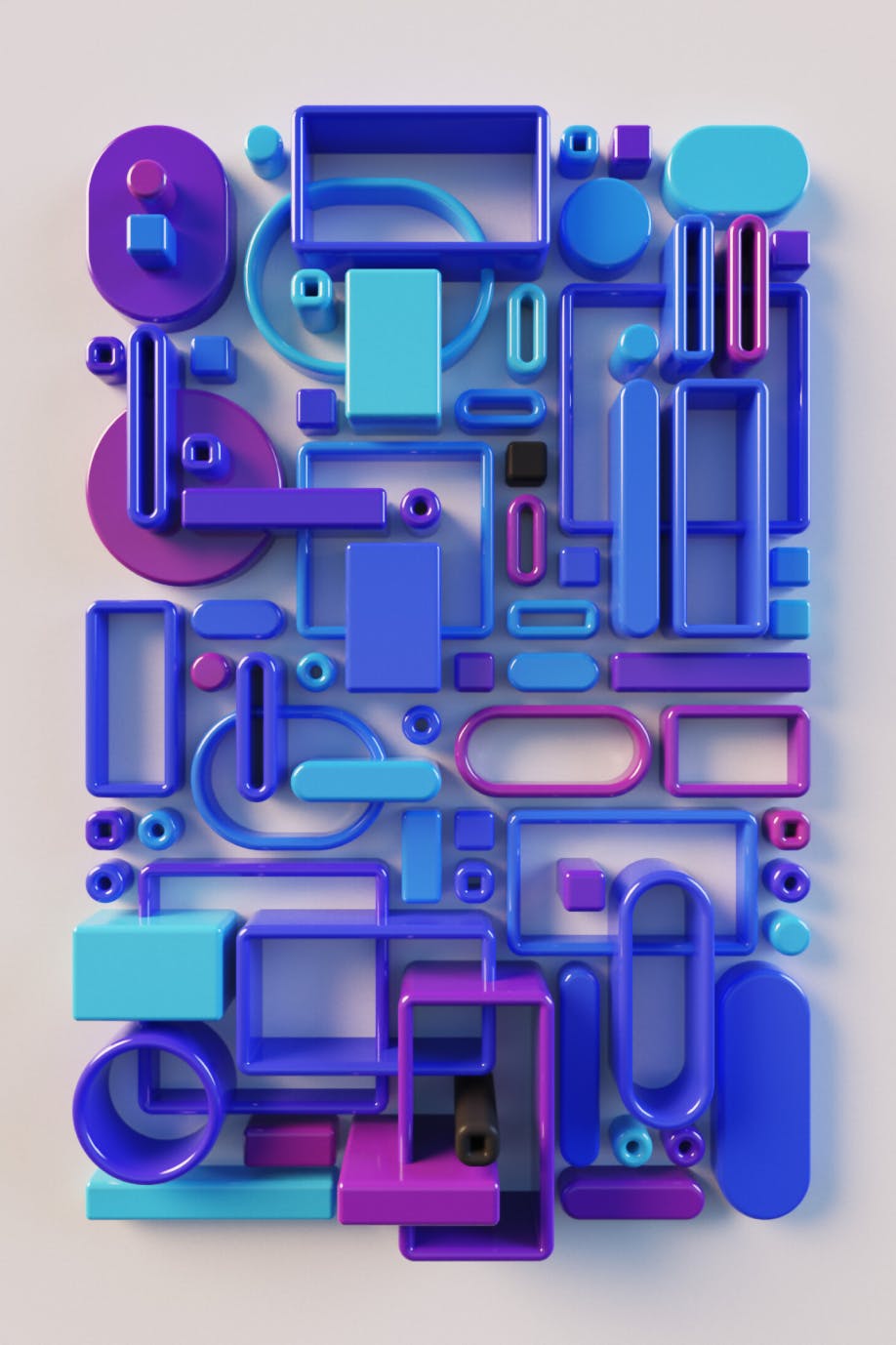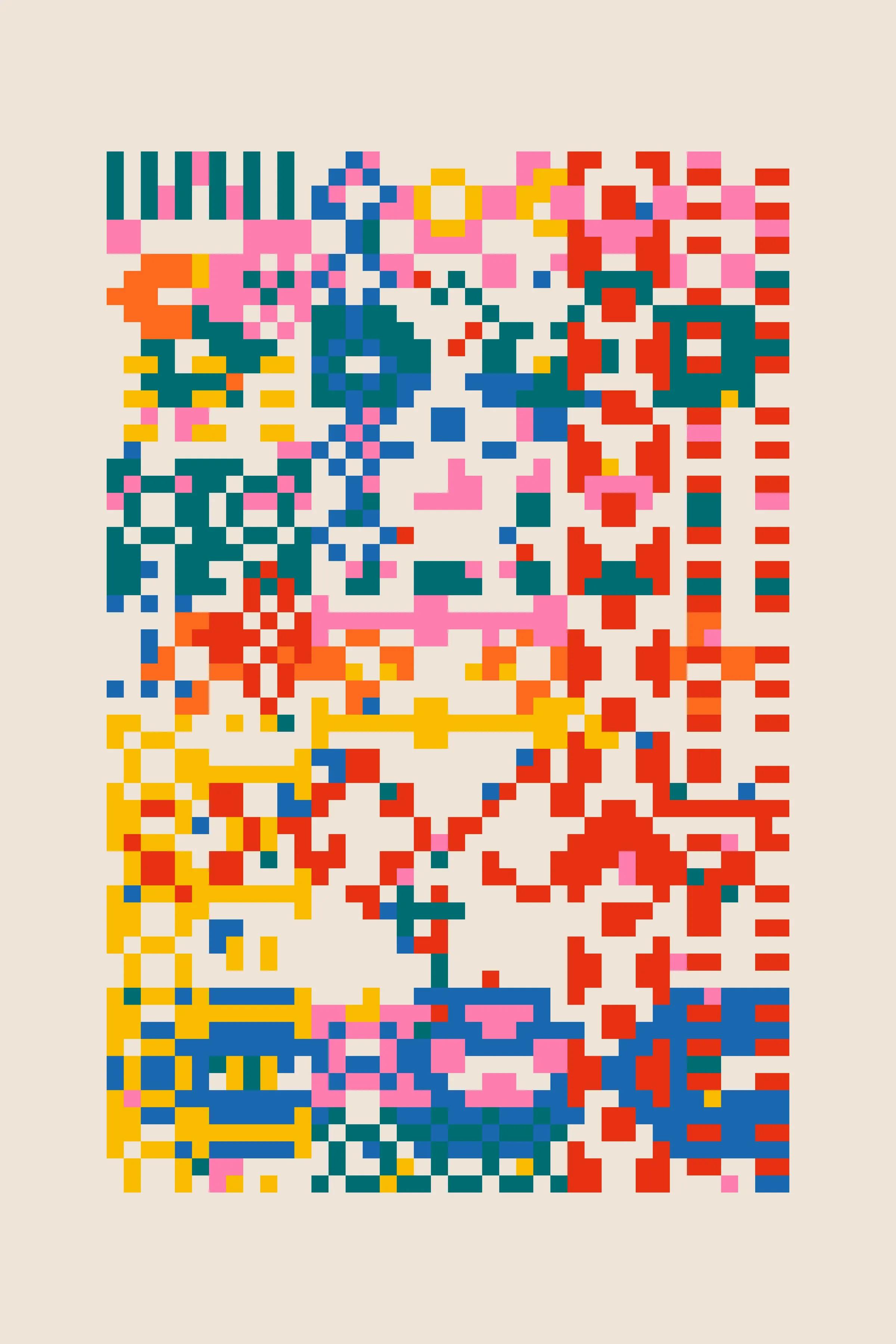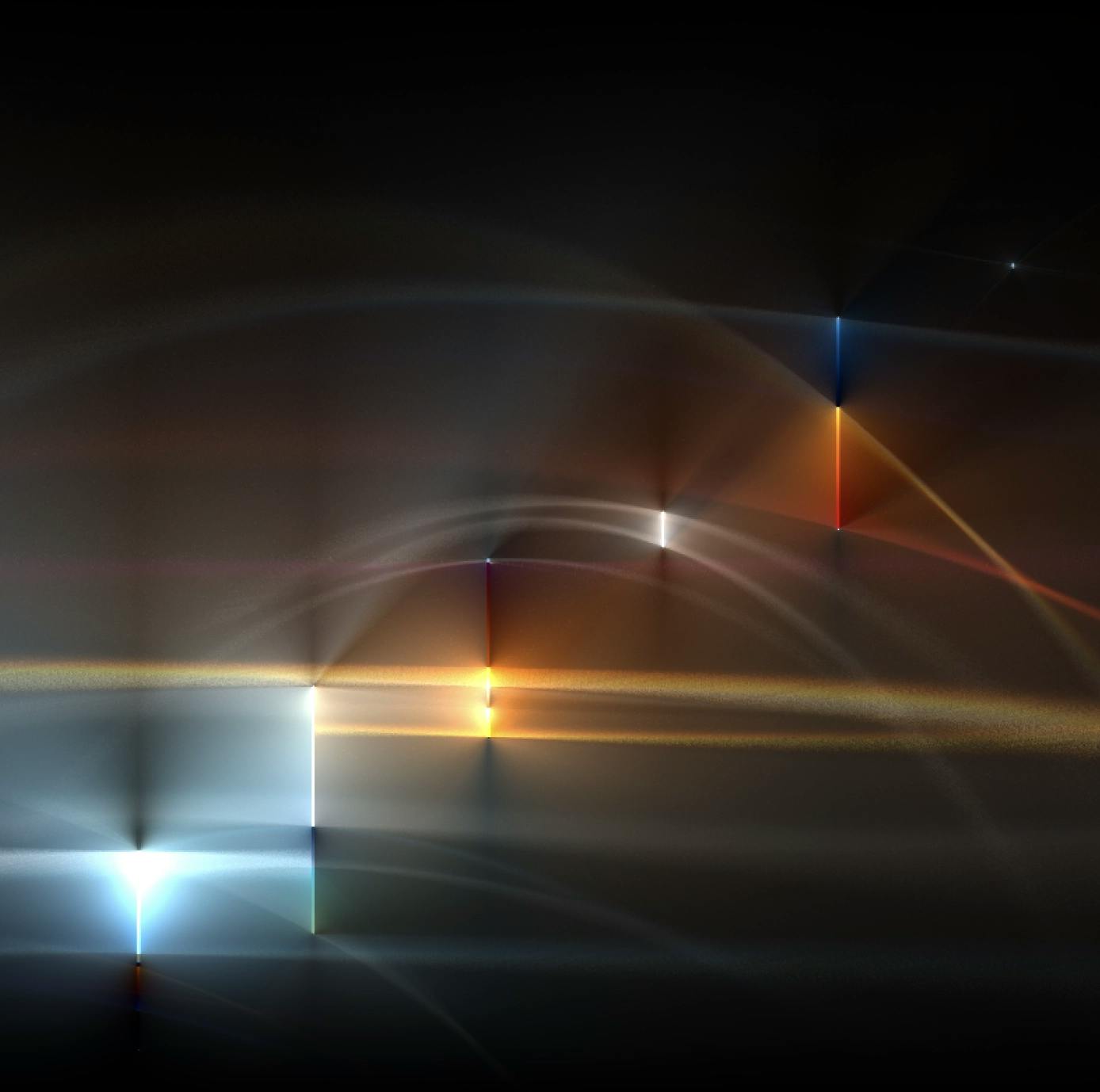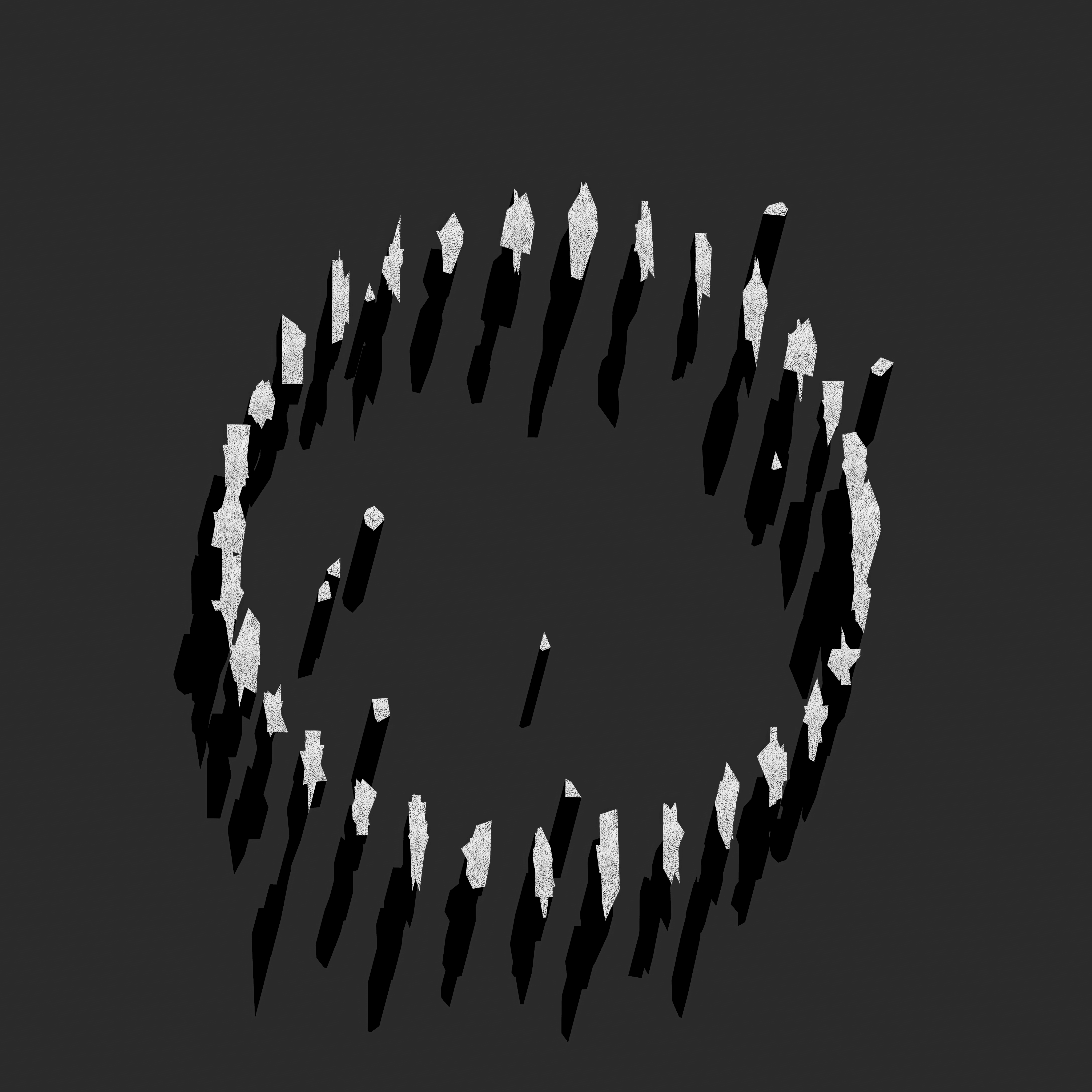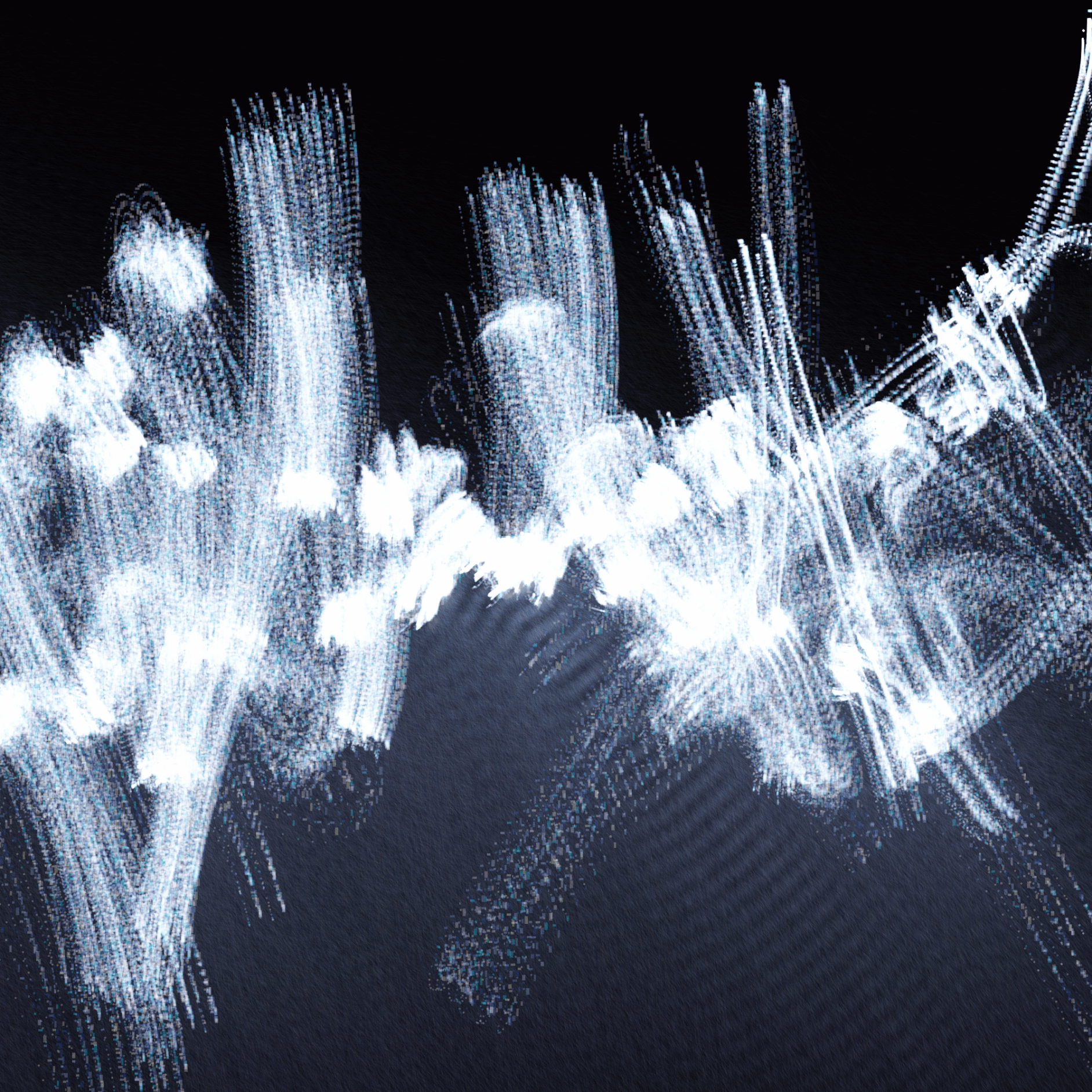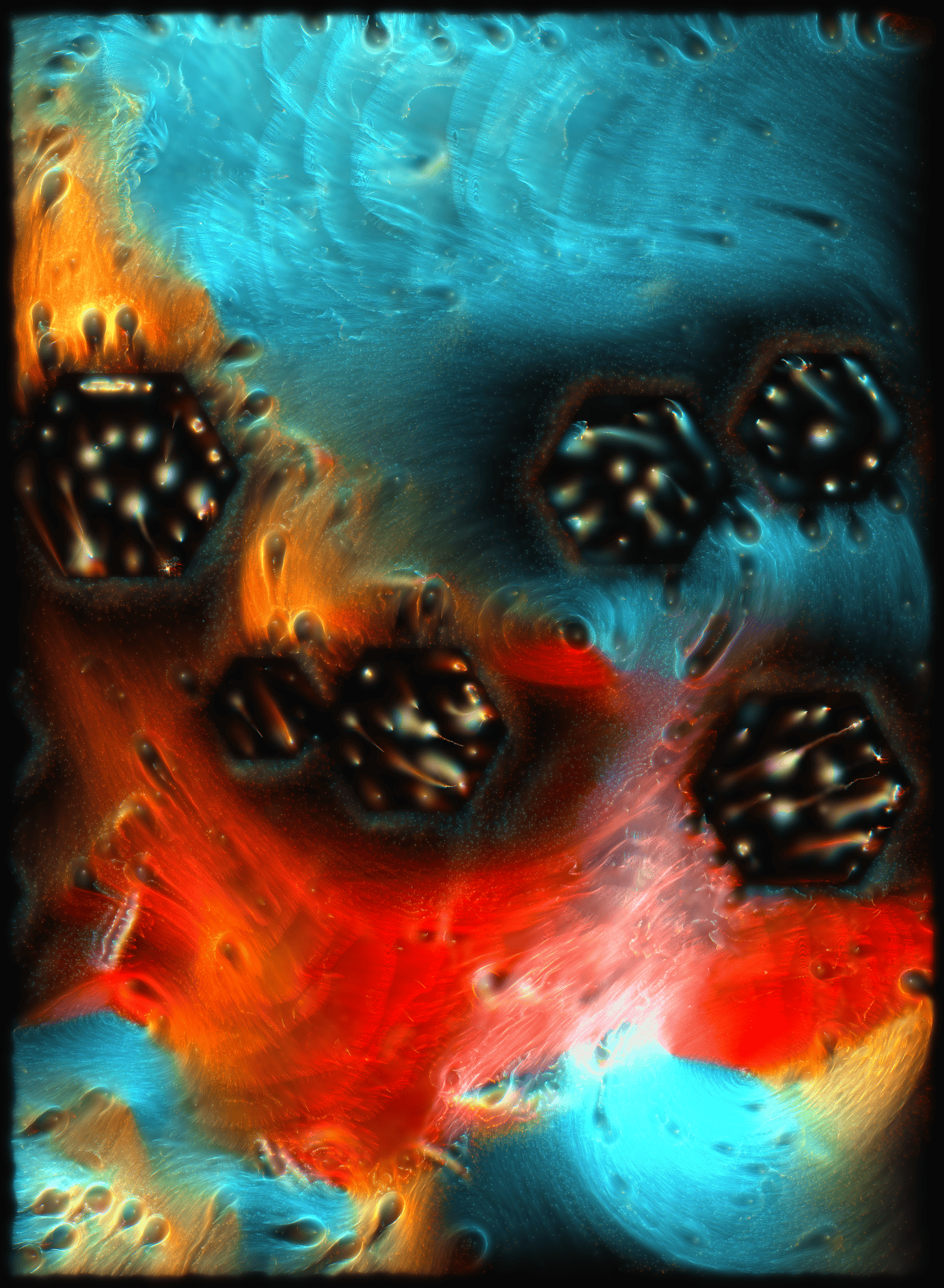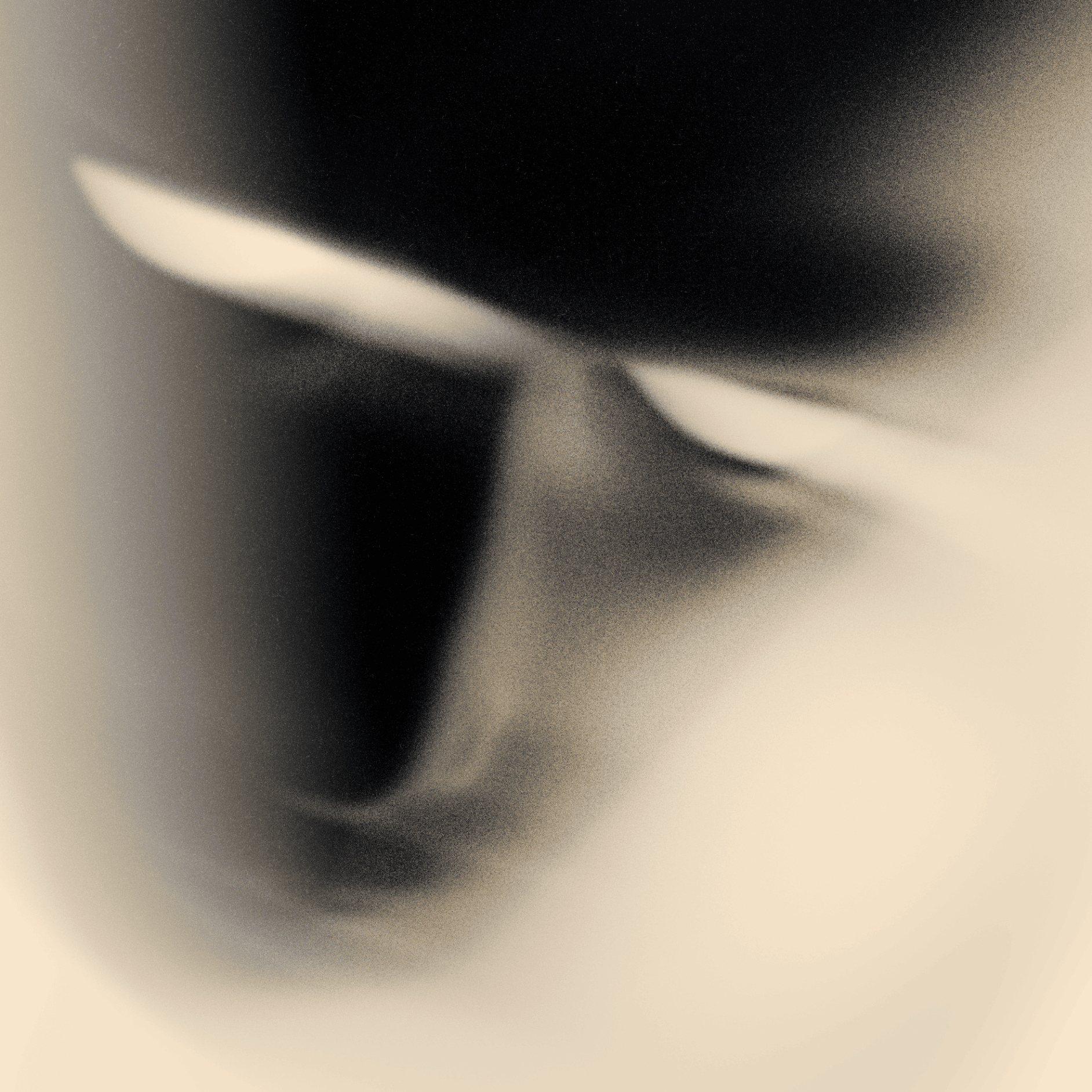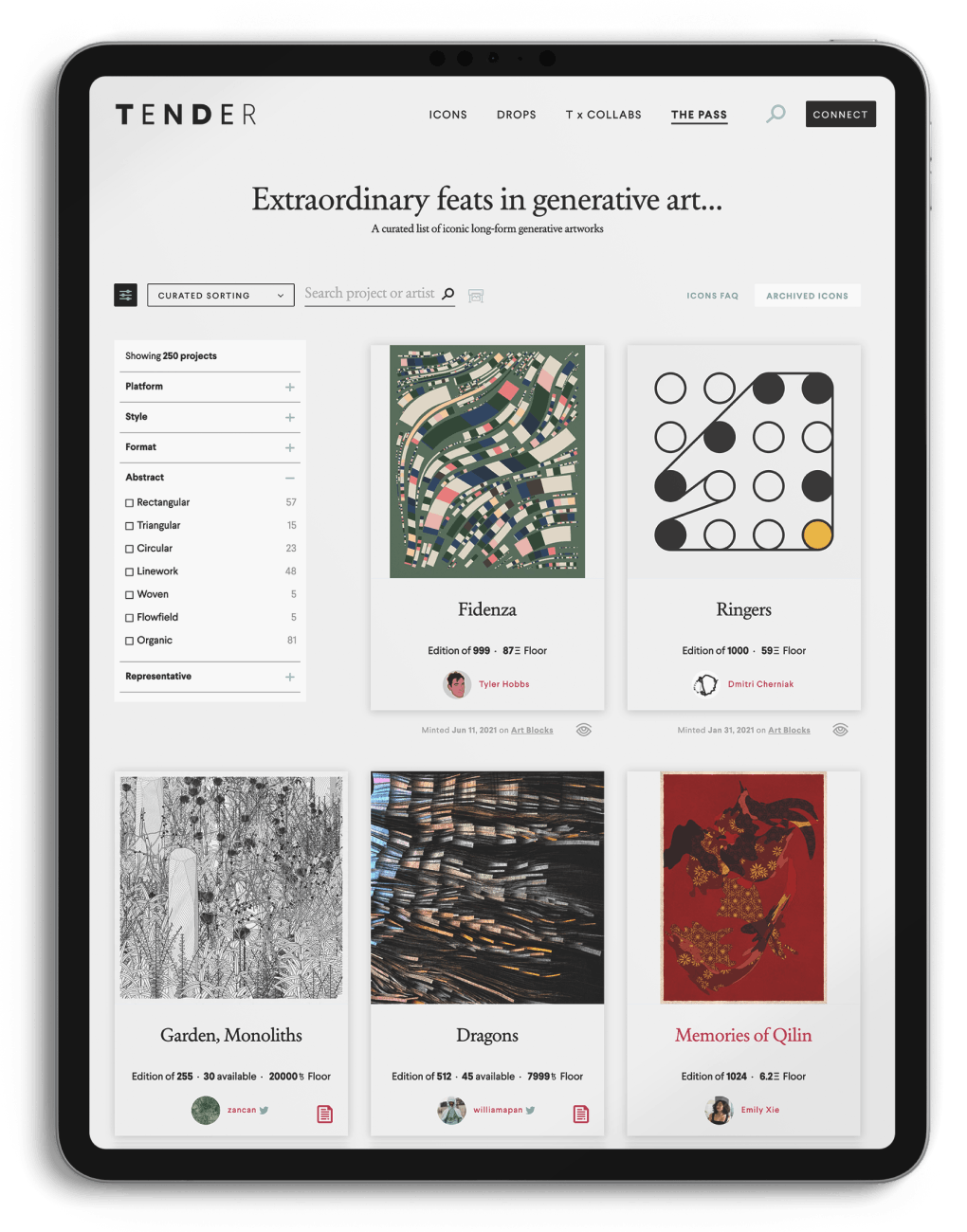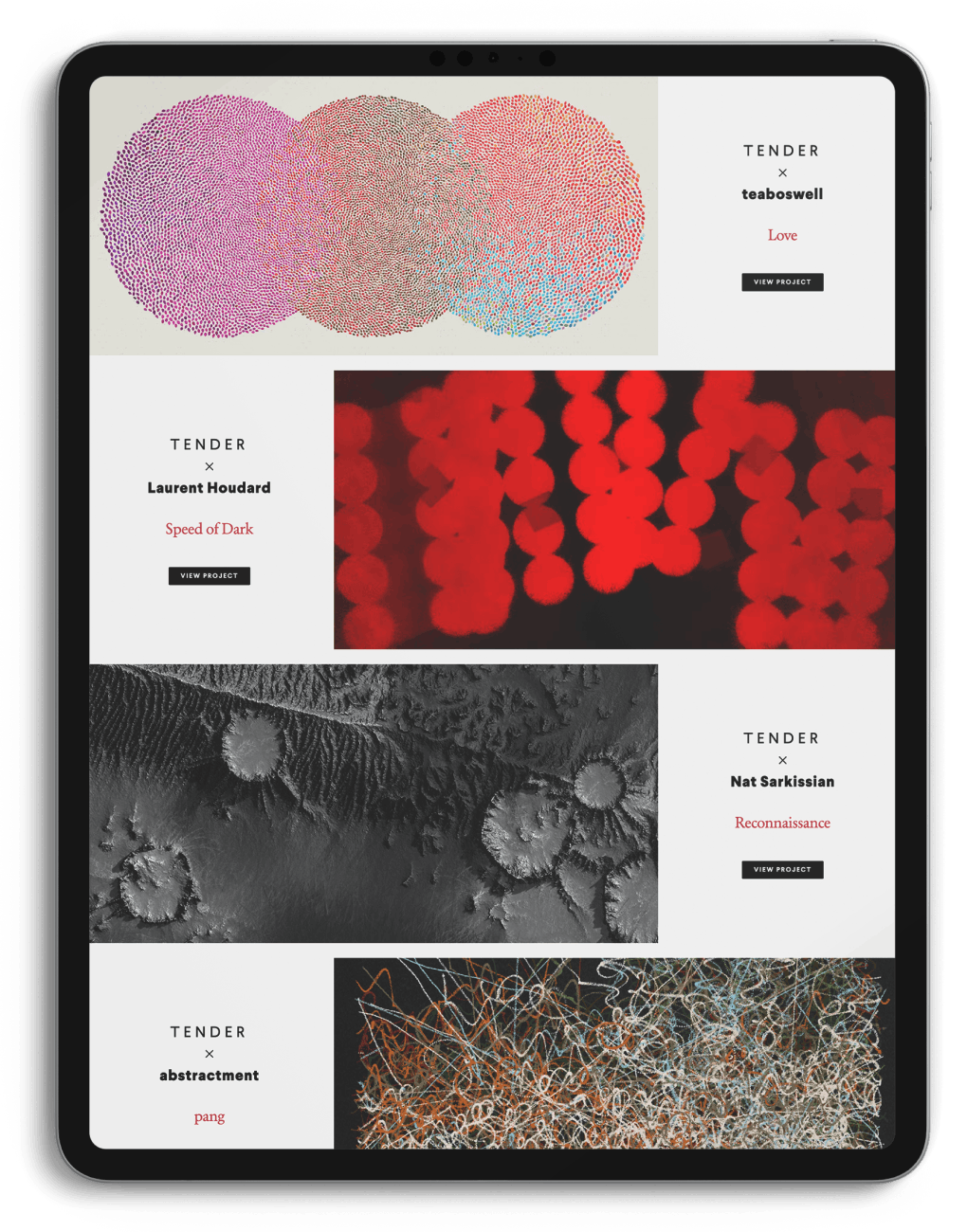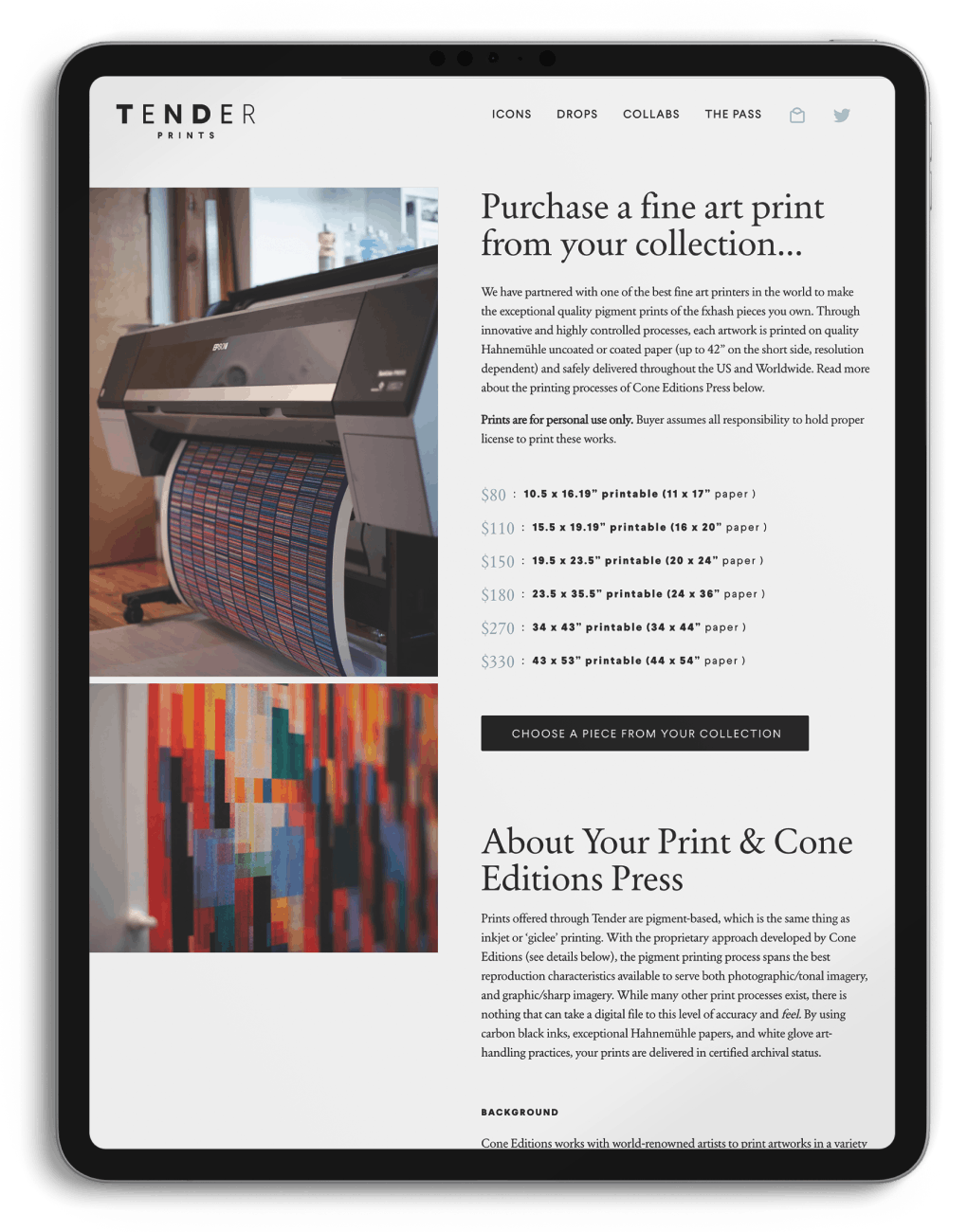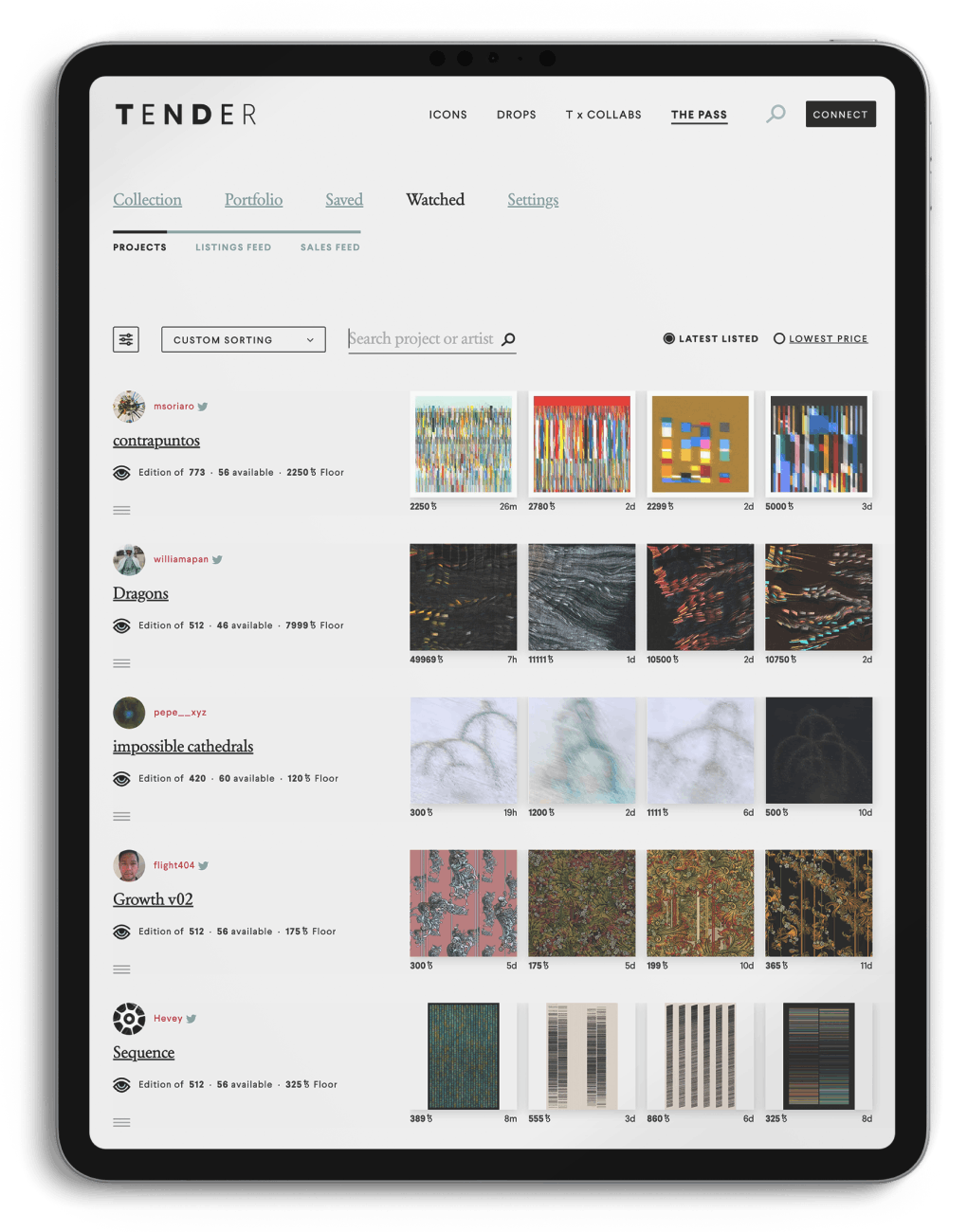We are the gallery for generative art
Follow our mission to advance the Generative Art movement and join our community with a Tender Pass to share art-focused conversations, support other collectors + artists, and get special access to groundbreaking artworks.
Featured Tender Releases...
New in Generative Art...
Genuary 2024 Kicks Off!
The annual event of daily generative art coding challenges has begun. Organized by Piter Pasma – with results documented by joyn.xyz – use this link as a starting point for all prompts:
Bright Moments Paris Collection Lineup Announced
Bright Moments brings another phenomenal lineup to its Paris Collection and minting experience this February 20-24, overlapping with NFT Paris.
VIEW ON TWITTERfx(hash) Adds Ethereum with 2.0 Launch
The anticipated launch of fxhash 2.0 is December 14th and features an Ethereum integration, on-chain minting, open editions, and five Tender Collaboration releases.
VIEW ON FXHASHMoMa Postcard Integrates Blockchain + Enlists Generative Artists
The Museum of Modern Art celebrates a radical new way for collaborative art and creativity to meet on the blockchain.
VIEW ON MOMAThe Power of the Plotter
Plotters have weathered decades of esoteric status in digital art, to finally see a renaissance of use in the budding generative art landscape. Spurred by Feral File’s new exhibition of plotted works, RCS investigates the plotter’s staying power.
BY Alex Estorick
VIEW ON RIGHT CLICK SAVE
